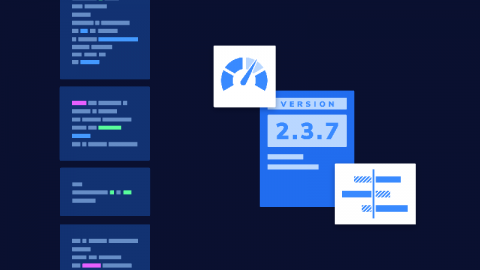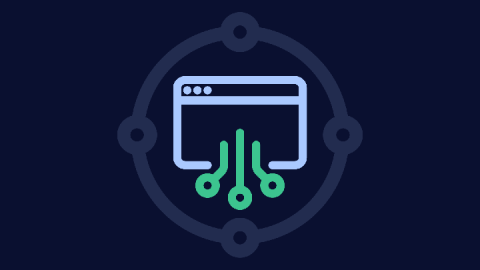Running Elasticsearch, Logstash, and Kibana on Kubernetes with Helm
Kubernetes (or “K8s”) is an open-source container orchestration tool developed by Google. In this tutorial, we will be leveraging the power of Kubernetes to look at how we can overcome some of the operational challenges of working with the Elastic Stack.











